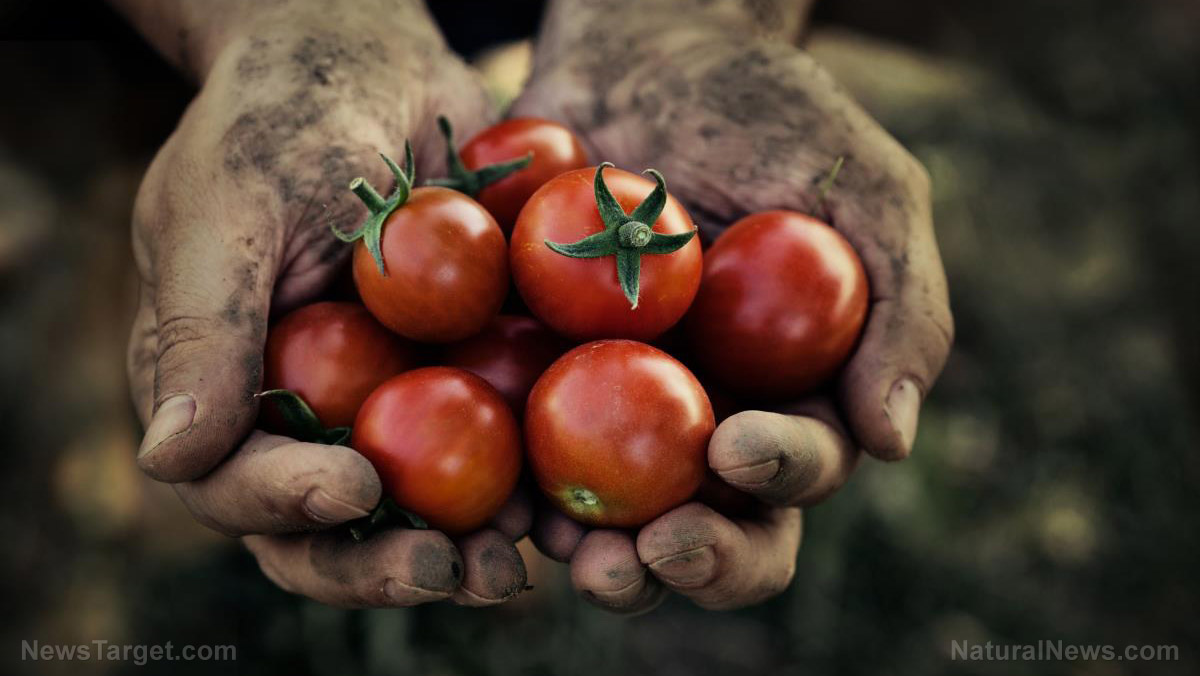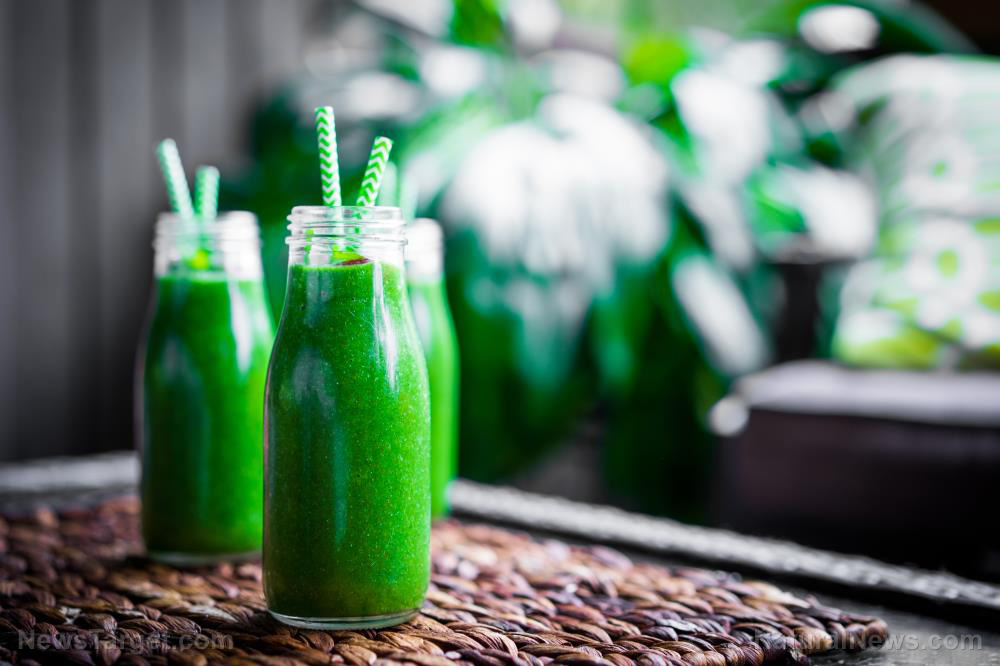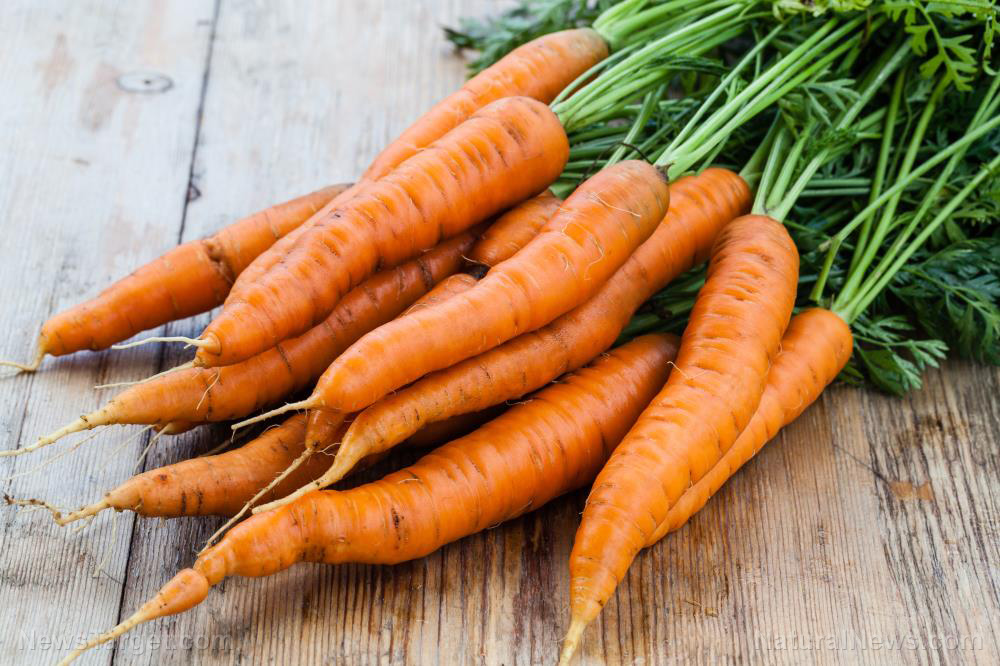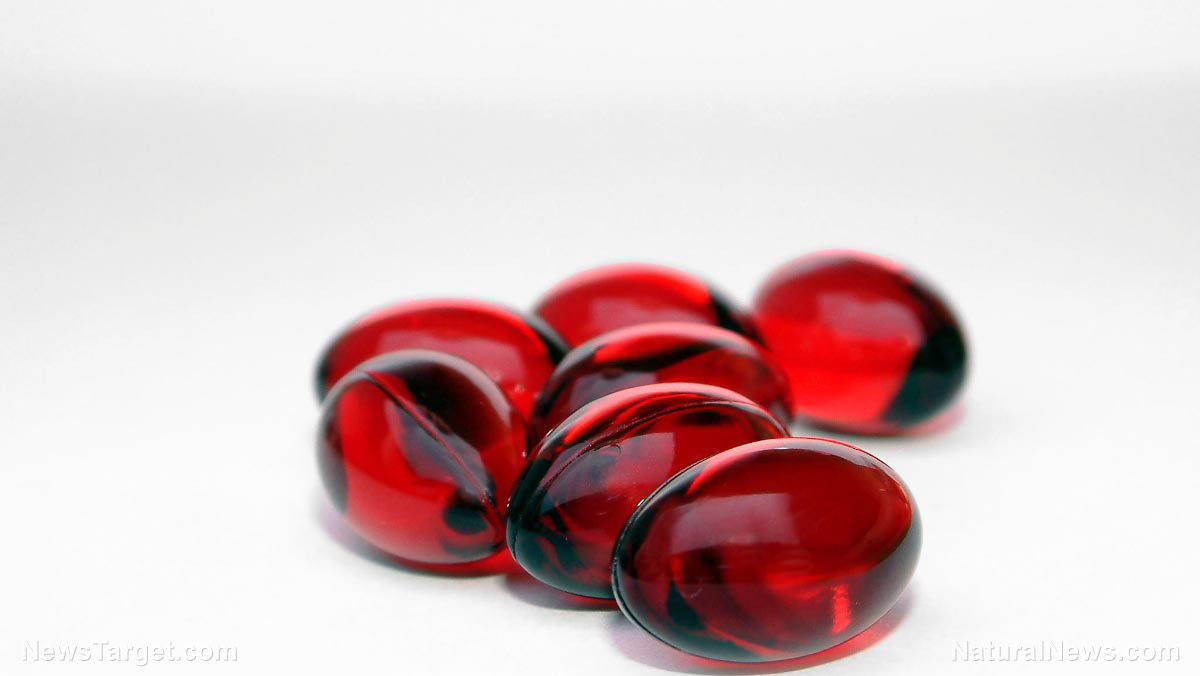
The results of this encouraging three-year study were published in the journal Food Chemistry. The researchers looked at two varieties of cherry tomatoes as well as other tomato types in the spring and fall cycles in fields on the school’s grounds. They used a technique known as “controlled watering deficit” in which watering is reduced as much as possible during the plants’ most resistant cultivation phase. Then, they raise their water supply right when the phase of cultivation most sensitive to stress begins.
According to Agroforestry Sciences teacher Mireia Corell, their technique is not about reducing the water used arbitrarily; instead, it is about studying the plants’ water status to understand their needs and adjust their watering schedule in a way that gives them hydration at the best times possible.
This technique appears to be a win-win situation for farmers and consumers alike. The reduction in water and energy use is significant, resulting in a green method and cost savings for farmers. Meanwhile, consumers get an environmentally sustainable product that is actually more nutritious than its predecessors.
The many health benefits of carotenoids
The tomatoes’ higher carotenoid content makes them highly desirable for healthy eating as well as cosmetics. These plant pigments are what give many fruits and vegetables their bright yellow, red and orange shades, although they can also be found in leafy green vegetables like kale. Appropriate levels of carotenoids in the diet can help to protect people against cardiovascular disease, ocular diseases, and several types of cancer.
The provitamin A carotenes are converted by the body to vitamin A. The natural foods resource Naturalpedia reports that the vitamin A found in cherry tomatoes can help with white blood cell production as well as the proper functioning of the lungs, kidneys and heart.
Studies have shown that a diet rich in foods that contain carotenoids can help delay or prevent the degenerative disease amyotrophic lateral sclerosis, or ALS, which affects around 30,000 Americans. They’ve also been linked to improved cognitive abilities, with study participants who consumed more carotenoids better able to recall word pairings that were taught to them earlier in the study.
Anti-cancer effects
A study from Harvard Medical School and Brigham and Women’s Hospital found that women with higher levels of carotenoids in their blood have a lower risk of developing breast cancer, especially the estrogen receptor-negative varieties. The researchers believe their anti-cancer effects come from their metabolism into retinol, which regulates cell development, growth and death by affecting gene expression. They are also believed to enhance the communication between cells, promoting cell repair and defense.
A teacher at the University of Seville’s Pharmacy Faculty, Antonio J. Melendez, said: "Consumers demand healthier food so that they can live longer and better. But it's not only a matter of increasing life expectancy. It's also about making sure that we are healthy in our old age."
This technique isn’t just good news for tomatoes; it is believed that it can be adapted to other crops, such as almonds and olives, to create more nutritious and environmentally-friendly crops in the future. Technology has brought us many life-saving developments, but sometimes the simplest solutions can be just as groundbreaking.
See Fresh.news for more coverage of fresh food ingredients.
Sources for this article include:
Please contact us for more information.























